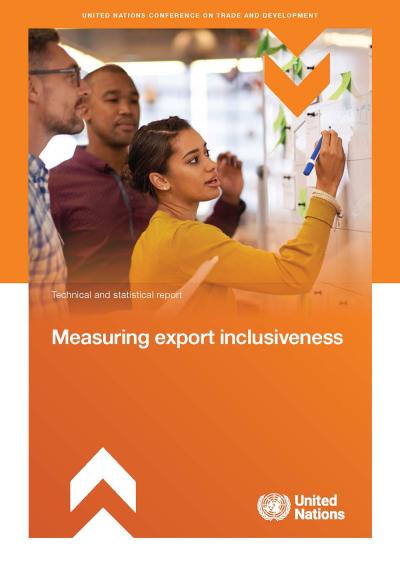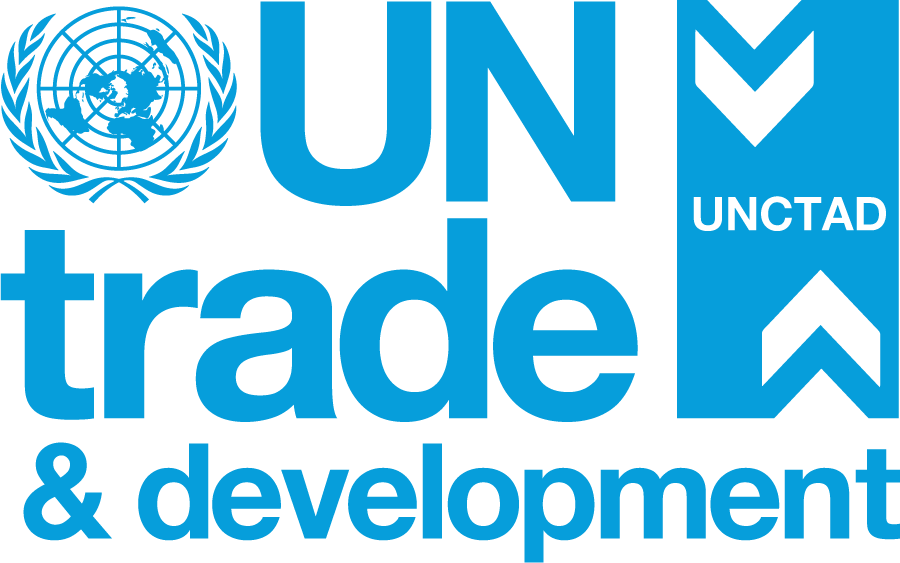
Understanding inclusive trade is crucial as countries seek equitable economic outcomes.
This note offers a method for evaluating a country's export inclusivity across three key dimensions:
- Income equality
- Gender equality
- Labor market formality
By calculating the export-weighted average of product inclusiveness scores, a country-level export inclusiveness index is constructed.
The analysis finds that a 1% increase in export inclusiveness correlates with a 0.21% increase in GDP per capita growth when controlling for total export value and overall national inclusiveness.
As economies move toward more inclusive sectors, it is vital to assess the trade-offs involved. Two main challenges in addressing inclusiveness exist: the broad interpretation of the concept and quantifying the inclusiveness of a country's exports.
This note uses selected variables to reflect economic inclusiveness while maintaining consistent data availability across countries.
To quantify inclusiveness, countries are categorized as "inclusive" or "less-inclusive" using an unsupervised clustering algorithm. For each traded product, the share of global exports from inclusive countries serves as a proxy for inclusiveness. This information contributes to the development of the country-level export inclusiveness index.
The note is structured as follows:
- Section 1 details the data sources.
- Section 2 describes the methodology for estimating export bundle inclusiveness.
- Section 3 discusses results.
- Section 4 assesses the impact of export inclusiveness on income per capita.
- Section 5 provides concluding remarks on the methods' applications.


